This cabbage stir-fry with coconut is colorful, full of flavor, and loaded with health benefits.
Once you’ve got your cabbage and onion sliced, and your spices out, this exciting cabbage side dish comes together in about 15 minutes.
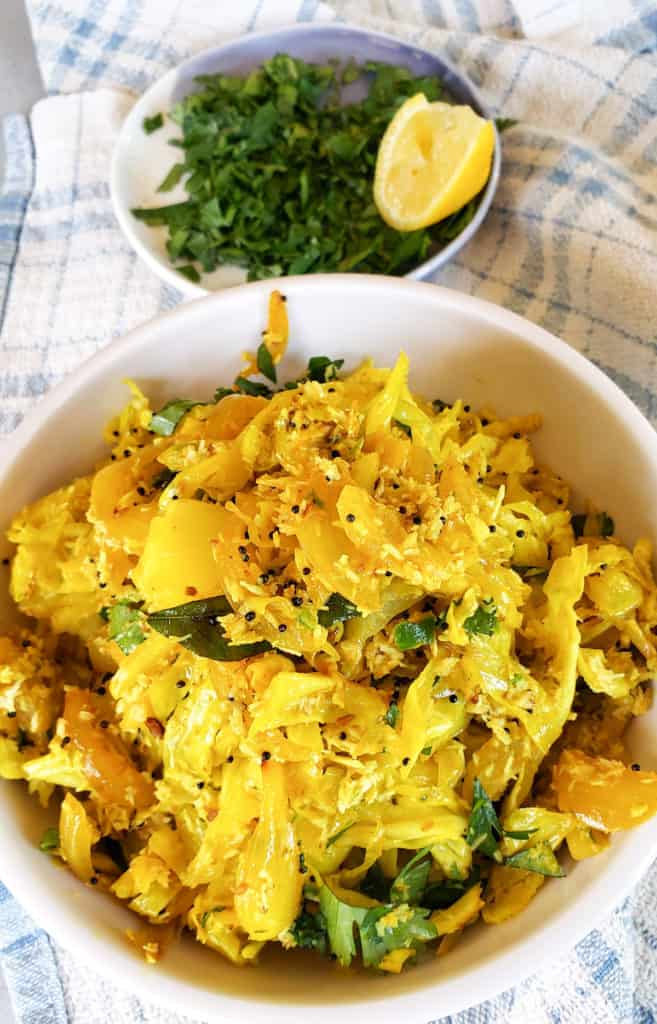
I first tried coconut cabbage as part of a restaurant Indian lunch box. It was a deal where you pick your main dish and the sides are a chef’s surprise.
The cabbage side totally caught my attention with its crisp texture and full flavor, so much so that I literally googled my way to identify this dish!
I learned that it comes from Kerala, a tropical state located on India’s Malabar Coast and Arabian Sea that’s known for beautiful palm-lined beaches, spice plantations, and elephant and tiger sanctuaries.
Keralan cuisine is famous for spices, especially chilies, curry leaves, coconut, mustard seeds, and turmeric, which are all included in this recipe.
You can enjoy this light side dish any time of the year, but I will highlight it for spring, spring cleanse, and summertime enjoyment.
Is cabbage good for you?
Cooked cabbage is light, clear, cooling, and dry. If this sounds like cleansing food, you would be right.
Cabbage is actually a fascinating vegetable. I believe it is one of the only vegetables out there that is completely inhospitable to parasites. So I always think of cabbage as the "clean vegetable."
When you add coconut to the cabbage, you are adding healthy fats, and more nourishment, so it balances out the cleansing qualities of the cabbage.

Next, we need to address the fact that both cabbage and coconut are cooling.
Too much cold quality can be unsupportive for some people.
That’s where the spices come in!
I’ve made the less common spices optional for you.
Let’s talk about them now!
Spice benefits
CUMIN POWDER is supportive for digestion due to its warmth and assistance in the assimilation of nutrients.
You may have cumin seeds, but not the powder. You can use the seeds instead of the powder, but try to sizzle them in the fat until they turn brown to release their medicinal properties.
FRESH GARLIC is very heating; can break up congestion; supports circulation, anti-fungal, antimicrobial, and laxative.
Garlic is one of the most used spices in Western cooking, but I want you to notice its strong heating effect. If you already have heat in your system due to inflammation (or some other reason), garlic may not be supporting you. You can easily leave it out of this recipe.
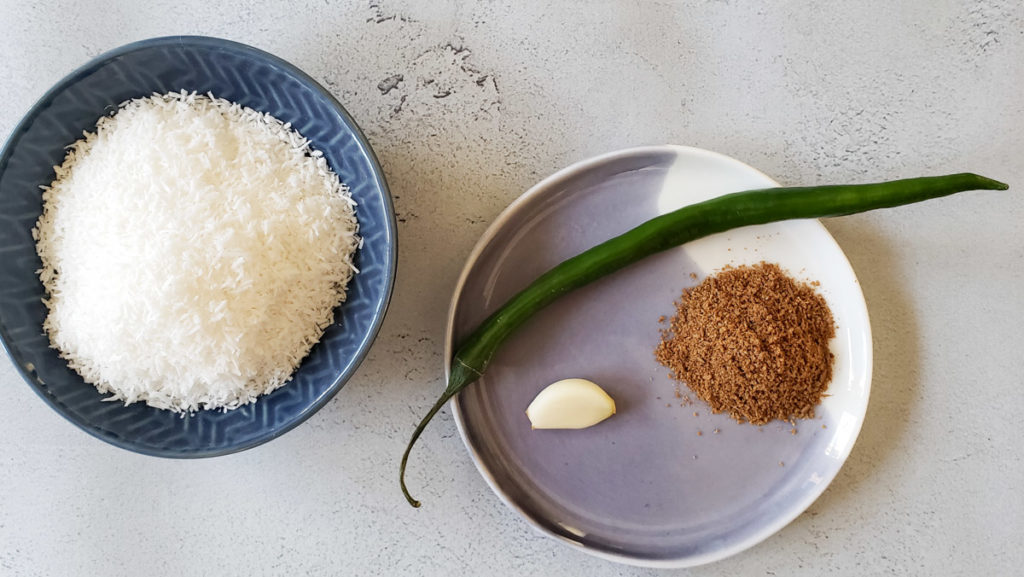
GREEN CHILI is very heating again, but I find it less aggravating than garlic. While garlic distributes heat throughout the dish and takes over, green chili keeps to itself. (Hopefully that makes sense to you.)
When you use green chili in small quantities, it can add just the warmth and digestive support you need.
Green chilis are popular in Indian cuisine. Substitutes include Thai green chilies, which are more readily available, or jalapeño.
Pro trick: Chop your chilies really fine so that you don’t get too much in a single bite.
BLACK MUSTARD SEEDS are warming again, with a little pungent and bitter taste. Known as a digestive, and good for alleviating stomach discomfort, such as gas or cramps.

FENUGREEK SEEDS are a warming bitter that helps to drive out cold and damp, especially from the lower part of the body. Also famous for reducing cholesterol.
CURRY LEAVES are bitter and pungent in taste, to me curry leaves are very similar to citrus peel. Pacifying and supportive for the liver.
Substitute with fresh cilantro, but add the cilantro at the end.
TURMERIC POWDER is warming, improves circulation; thins and purifies the blood, dries dampness, and supports the liver.
Click here for more information about Indian Spices, and where to buy them.
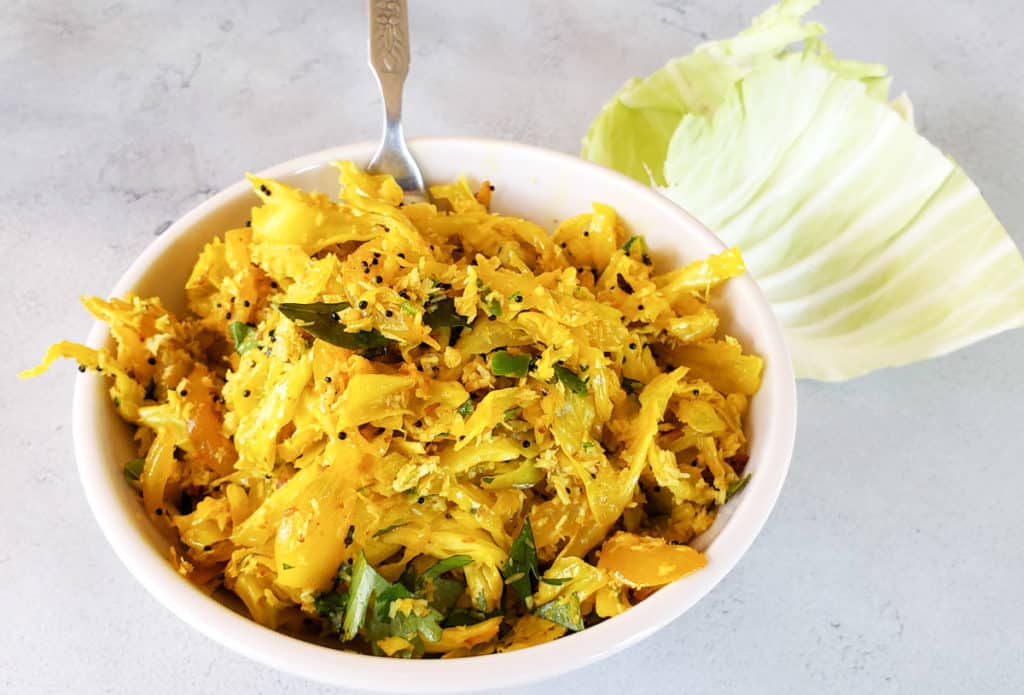
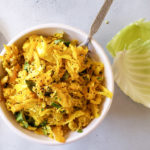
Kerelan Coconut Cabbage
Helpful Kitchen Tools:
Ingredients
For the spice paste
- ⅓ cup desiccated coconut flakes (unsweetened)
- 1 teaspoon cumin powder
- 1 clove garlic, roughly chopped
- 1 teaspoon green chili, finely chopped (sub with Thai green chili or jalapeño)
- ¼ cup water
The vegetables
- 5 cups cabbage, thinly sliced
- ¼ cup yellow onion, thinly sliced
Start the stir-fry
- 1 tablespoon vegetable oil, (sunflower, etc.)
- ¼ teaspoon black mustard seed, (optional; see notes)
- ¼ teaspoon fenugreek seeds, (optional; see notes)
Add to the stir-fry spices
- 1 red chili, (sub with pinch of red chili flakes)
- 6 curry leaves, (optional; see notes)
Add to the stir-fry spices
- ½ teaspoon turmeric powder
- ½ teaspoon salt, or to taste
To finish the dish
- ¼ cup cilantro, roughly chopped
- lemon, freshly squeezed
Instructions
Preparation steps
- Add the ingredients for the spice paste to a blender, and blend to a fine paste. Set aside. (You can also skip the blending, and just combine in a bowl.)
- Finely slice the cabbage and the onions. Keep them separate. Get out all the spices and have them ready by the stove. Notice how the spices are added in stages. Many are optional for those just getting into cooking with spices. (See the Recipe Notes for more details about optional spices.)
Cook the coconut cabbage
- Heat a large sauté pan or skillet on medium heat. You want something with a lid. Add the vegetable oil, mustard seeds, and fenugreek seeds into the oil. Sauté until the mustard seeds begin to pop.
- Add the red chili and curry leaves, and stir until aromatic, then add the onion. Stir, and cook for 1-2 minutes, then add the turmeric, and stir again.
- Add the shredded cabbage with ½ teaspoon salt, and mix well.
- Turn down the heat to low, cover, and cook the cabbage over low heat with the lid on, checking every few minutes and giving it a stir. Do not add extra water unless absolutely needed. The cabbage should cook in its own juices, and it should not brown much.
- Once the cabbage is cooked, but still a bit crisp, add the coconut paste, mix well, and continue to cook for 2 minutes with the lid off.
- Turn off the heat, and garnish with fresh cilantro and lemon just before serving.
Notes
Spice substitutions
Black mustard seeds: Known as a digestive, and good for alleviating stomach discomfort, such as gas or cramps. *If you don’t have black mustard seeds, just leave them out. Fenugreek seeds: A warming bitter that helps to drive our cold and damp, especially from the lower part of the body. Also famous for reducing cholesterol. * If you don’t have fenugreek seeds, just leave them out. Curry leaves: bitter and pungent in taste, to me curry leaves are very similar to citrus peel. Pacifying and supportive for the liver. Substitute with fresh cilantro, but add the cilantro at the end. *If you don’t have curry leaves, just leave them out. >> Click here for more information about Indian Spices, and where to buy them. Ref: Thanks to Maunika Gowardhan for sharing this recipe. I have modified it slightly.Nutrition



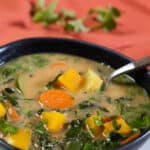
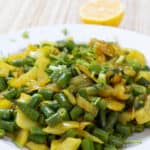


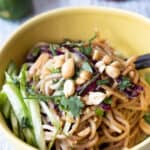

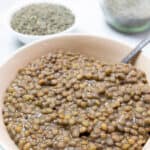
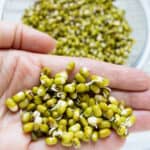
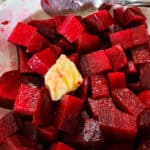


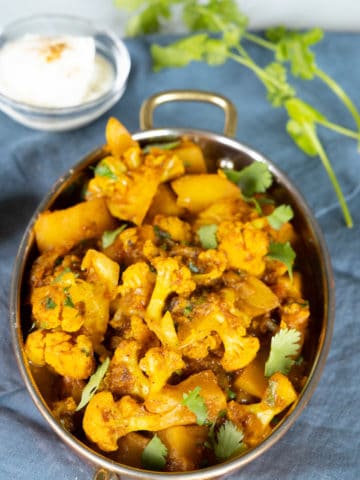
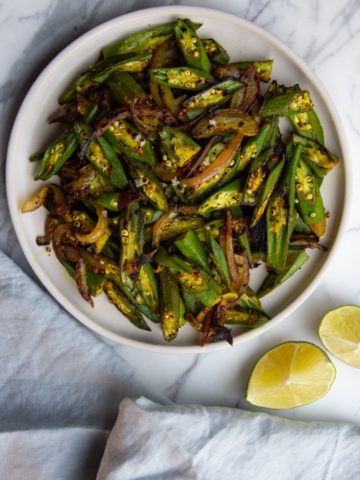
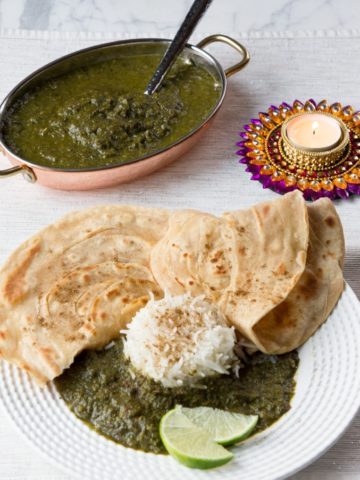
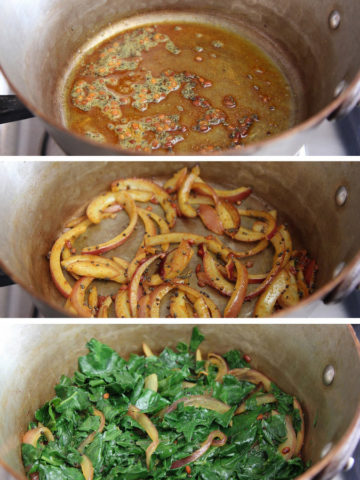
Leave a Reply